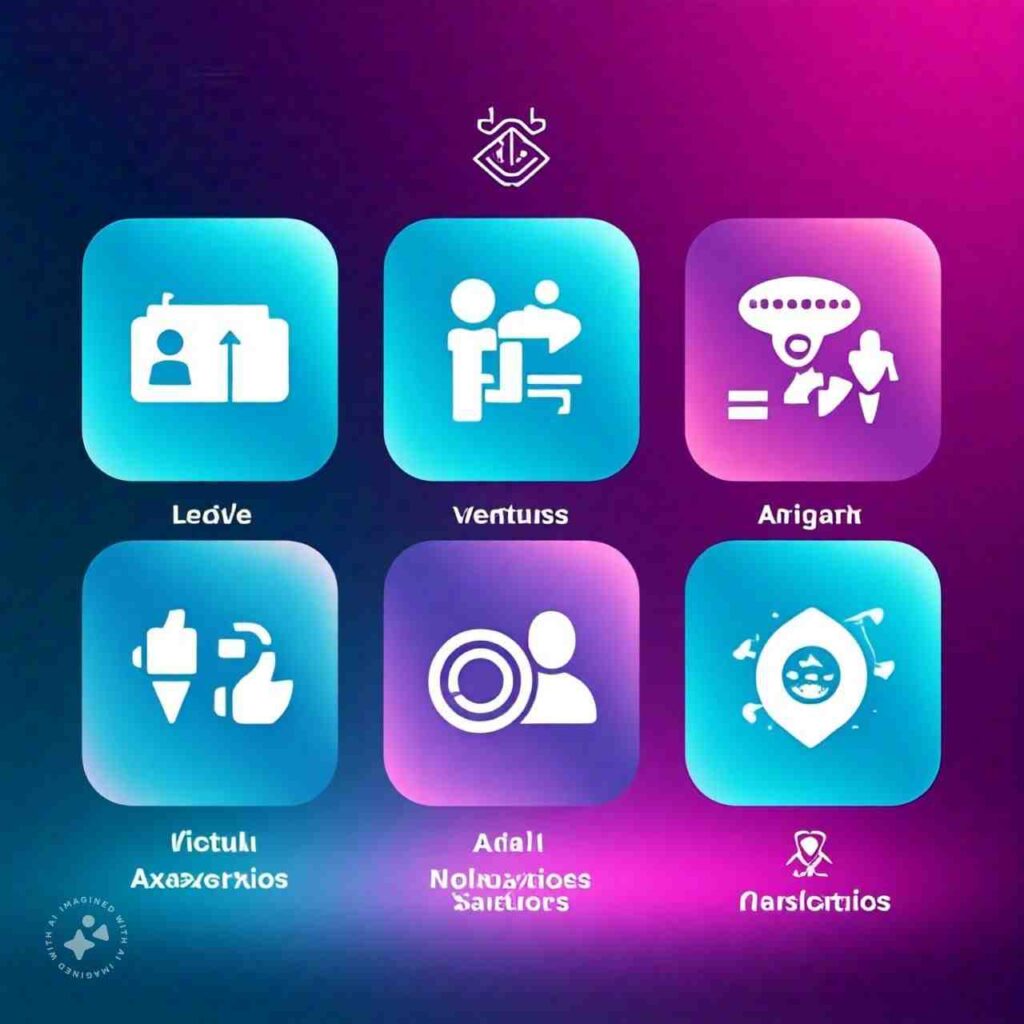Digitalization Of World Economy: Digitalization, the system of leveraging digital technologies to convert operations, offerings, and merchandise, has become a cornerstone of the present-day global economy. As the era evolves, digitalization drives innovation, improves performance, and complements worldwide connectivity. However, the journey in the direction of a fully digitalized international financial system is some distance from seamless. This article examines the modern-day fame of digitalization globally, identifies key demanding situations, and proposes capacity answers.
Table of Contents

Status of Digitalization in the Global Economy
Digitalization has made considerable strides across sectors worldwide. The integration of technology, which includes synthetic intelligence (AI), the Internet of Things (IoT), blockchain, and big data analytics, has revolutionized industries from healthcare to finance and production. For instance, AI is being used to optimize supply chains, improve clinical diagnoses, and customize client reviews. IoT connects billions of gadgets, enabling actual-time records sharing and operational insights.
The digital economic system—encompassing e-commerce, virtual monetary offerings, and technology-based total innovation—contributes significantly to international GDP. According to the World Economic Forum, the digital financial system accounted for over 15% of world GDP in 2022, a parent projected to develop as greater agencies and governments embody digital transformation.
In addition, digitalization has extended get admission to to education, healthcare, and economic services, particularly in growing areas. Mobile banking systems, for example, have revolutionized financial inclusion in nations like Kenya and India, empowering thousands and thousands who previously lacked the right of entry to traditional banking services.
Nevertheless, the progress of digitalization is choppy, with large disparities among areas, industries, and demographic organizations. Developed economies like the United States, European Union, and East Asian countries lead the manner in virtual adoption while developing nations war with infrastructure gaps, digital literacy, and affordability troubles.

Problems Faced in Digitalization Of World Economy
1. Digital Divide
One of the most urgent demanding situations is the digital divide, which refers to the space between people with access to virtual technology and people without. This divide is clear no longer only among developed and growing nations but also inside countries, wherein rural regions often lag at the back of urban centers in phrases of internet connectivity and technological adoption.
2. Cybersecurity and Privacy Concerns
As digitalization advances, cyber threats and statistics breaches have turned out to be extra normal. Hackers goal crucial infrastructure, businesses, and people, leading to monetary losses and eroding acceptance as true within virtual structures. Additionally, worries about facts, privateness, and surveillance have raised moral questions, specifically with the proliferation of AI and big facts.
3. Regulatory Challenges
Governments face difficulties in maintaining pace with rapidly evolving technologies. The lack of standardized international guidelines for statistics safety, virtual currencies, and AI creates uncertainty for agencies and purchasers. Fragmented regulatory frameworks can avoid international collaboration and stifle innovation.
4. Workforce Displacement
Automation and AI are transforming the job marketplace, rendering some roles obsolete while creating demand for brand-new skills. This transition poses demanding situations for employees who lack the assets or opportunities to reskill, exacerbating unemployment and earnings inequality.
5. Infrastructure Deficits
Many developing countries lack the vital virtual infrastructure, which includes reliable strength, broadband connectivity, and lower-priced gadgets. These deficits hinder their capacity to participate in the digital economy and take advantage of its possibilities.
6. Digital Literacy
Even wherein infrastructure is to be had, low tiers of virtual literacy can restrict the effective use of generation. This is especially true amongst older populations and marginalized agencies, who may additionally battle to navigate virtual systems and services.

Suggestions for Improvement
1. Bridging the Digital Divide
Governments and international agencies need to prioritize investments in virtual infrastructure, especially in underserved areas. Public-non-public partnerships can play a crucial position in expanding broadband, getting the right of entry, and making technology more low-priced. For example, projects like Google’s Project Loon and Starlink’s purpose is to provide net admission to far-flung regions.
2. Enhancing Cybersecurity
To cope with cybersecurity-demanding situations, governments and groups should undertake strong security protocols and put money into advanced chance detection systems. International cooperation is crucial to fight cybercrime successfully. Public awareness campaigns can also educate individuals about excellent practices for online safety.
3. Harmonizing Regulations
Policymakers need to collaborate on creating standardized international regulations for emerging technologies. Frameworks like the General Data Protection Regulation (GDPR) in the European Union can serve as models for safeguarding data privacy whilst fostering innovation.
4. Reskilling the Workforce
Governments, instructional establishments, and agencies must put money into reskilling packages to prepare people for the roles of destiny. Emphasizing digital capabilities, essential thinking, and adaptability will help mitigate staff displacement.
5. Promoting Digital Literacy
Educational projects need to include digital literacy as a central thing from an early age. Community-based total applications can also target adults and marginalized organizations, equipping them with the capabilities to navigate a digital global.
6. Encouraging Innovation in Financing
Innovative financing fashions, including microloans and virtual wallets, can empower small companies and entrepreneurs in growing countries to leverage virtual tools. Encouraging fintech solutions can enhance financial inclusion and economic participation.
Conclusion
Digitalization is remodeling the global financial system, supplying remarkable opportunities for increase, efficiency, and inclusion. However, enormous demanding situations have to be addressed to ensure that the benefits are equitably dispensed. By making an investment in infrastructure, improving cybersecurity, selling digital literacy, and fostering international collaboration, the arena can harness the full ability of digitalization even as mitigating its dangers. A concerted attempt from governments, businesses, and civil society is vital to build a resilient and inclusive digital destiny.









1 thought on “Digitalization Of World Economy”